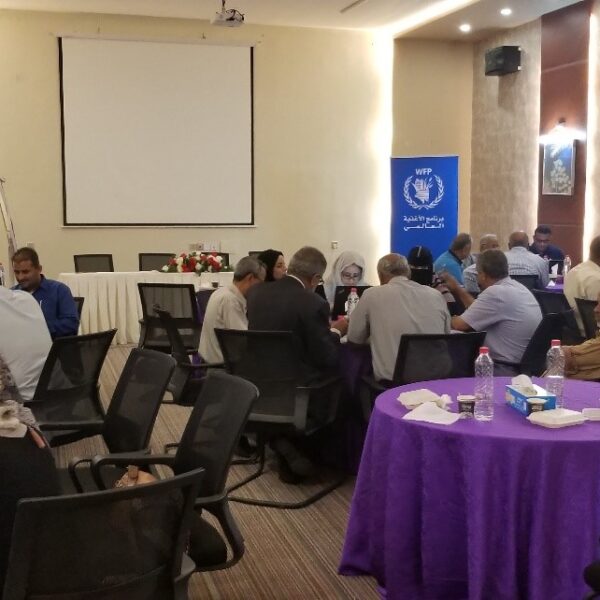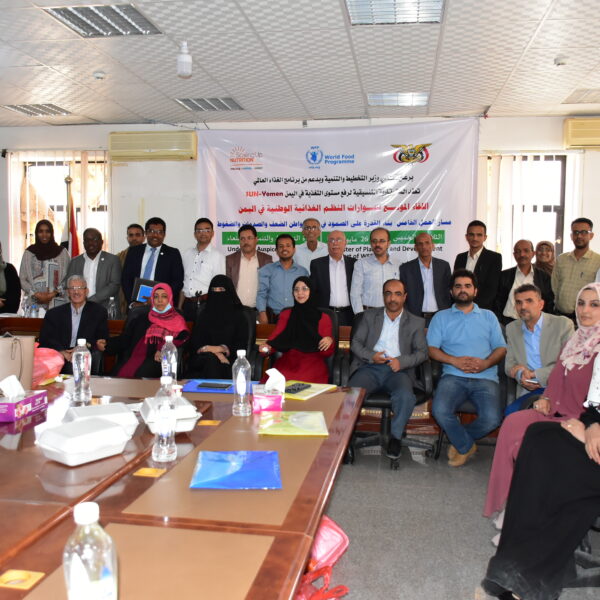The meeting aimed to develop solutions to build national capacities to withstand times of crisis and to participate in issues of building sustainable and resilient food systems in the next decade.
- Define a list of solutions with high impact in:
- Creating a coherent approach (multi-system, multi-sector, multi-level, multi-stakeholder);
- A dual-track approach linking emergency response to sustainable development;
- local and national ownership; Within an approach specific to the local and national context;
- Sustainable local food systems by encouraging transformative innovation.
- Encouraging government, private sector, civil society organizations and actors to take actions in line with the solutions;
- Propose public advocacy tools focusing on the five core competencies for food system resilience in the face of shocks:
-
- Capacity to predict.
- Capacity for prevention.
- Capacity to absorb.
- Capacity to adapt with risks emerging.
- Capacity for transition in cases when the existing food system is not sustainable.
Translating solutions into collaborative actions to support resilience of food systems by:
- Promote investment in inclusive food systems that address people’s food needs.
- Strengthen the capacities and resources of farmers, indigenous groups, women, youth, and micro, small and medium enterprises to participate effectively along the entire food system from production to consumption, and provide them with tools, techniques and advisory services to enhance their engagement with the private sector.
- Risk management at all levels in the food supply chain.
- Coordinating policies, programs and investments (including producer assistance) among all stakeholders, with governments.
- Explore opportunities for blended domestic financing and public-private partnerships (PPP) to mobilize funding for under-resourced initiatives to effect positive change in food systems;
- Possibility to mitigate instability, shocks and pressures leading to unavailability and sustainability of food;
- Develop monitoring and evaluation systems to monitor, measure and evaluate interventions.
Identify harmful agricultural practices such as excessive use of fertilizers and pesticides and excessive irrigation that contribute to soil degradation, soil alkalinity and erosion and threaten the sustainability of sustainable food systems.



